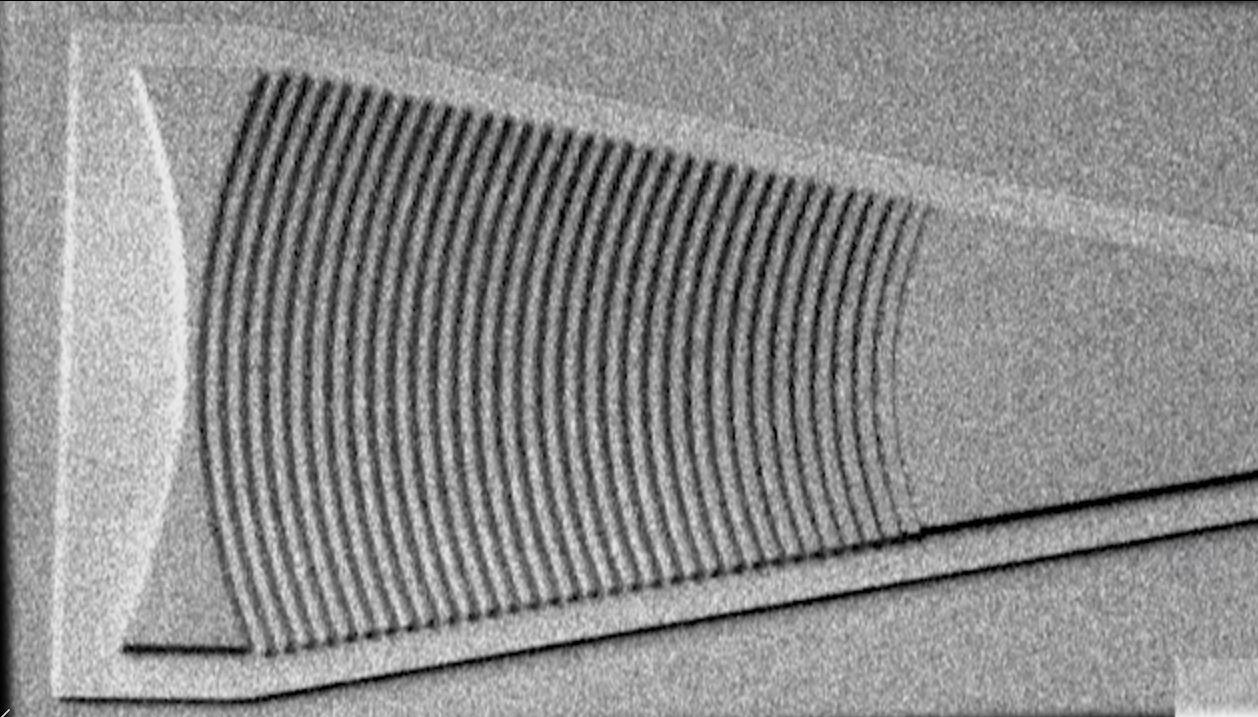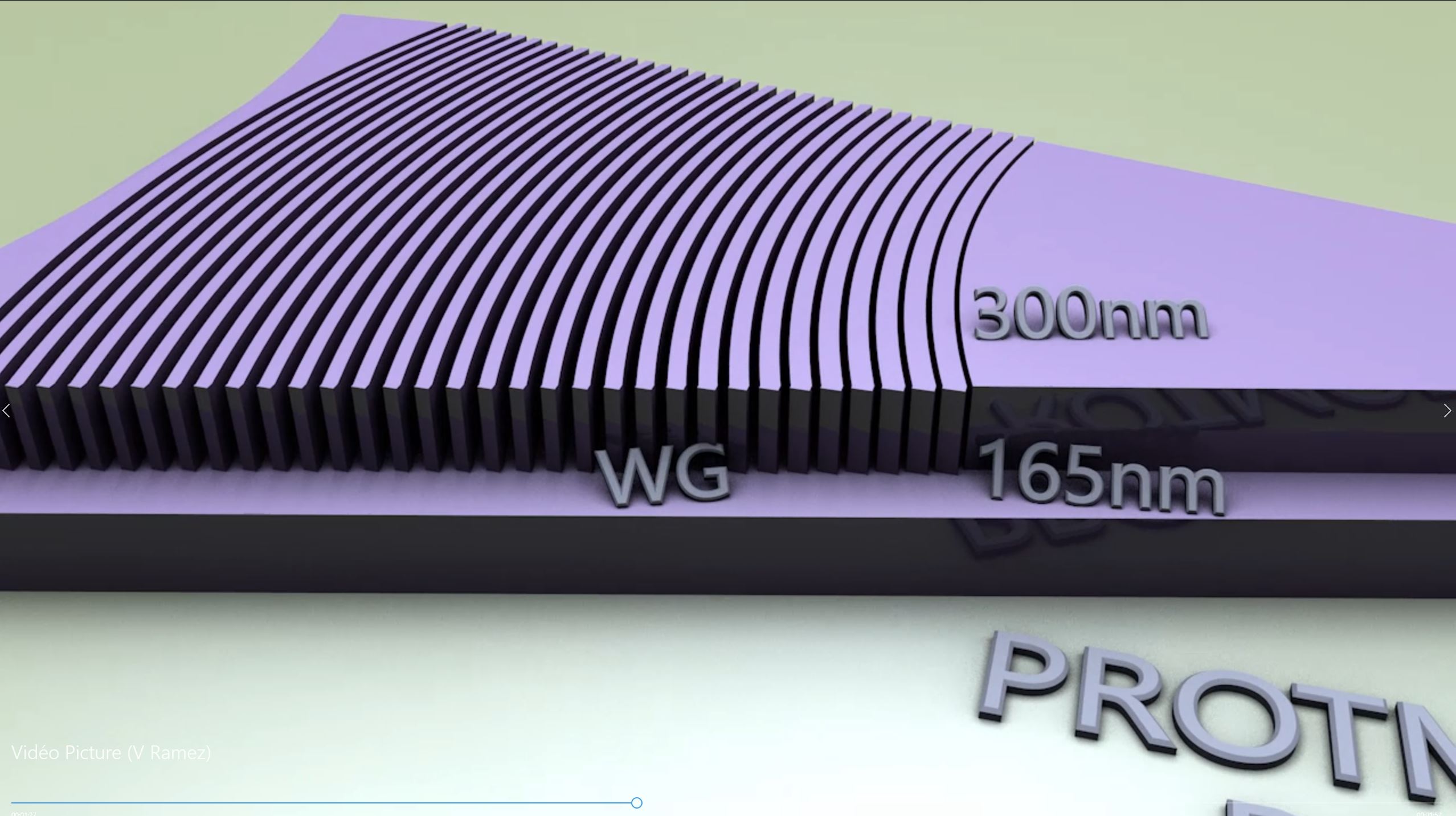SAN FRANCISCO – Feb. 3, 2020 – Leti, an institute of CEA-Tech, has developed a silicon nitride (Si3N4) 200mm platform for developing ultralow loss, high-power photonics in UV through mid-infrared wavelengths. Available in CEA-Leti's SiN platform in a multi-project-wafer program, the breakthrough targets designers in integrated quantum optics, LiDAR, biosensing, and imaging whose projects require ultralow propagation losses and high-power handling capability.
Announced at Photonics West 2020, this ultralow-loss SiN layer is available for multi-level photonic circuits. It can be combined with a heater layer and a silicon layer in a unique platform to integrate passive and active components, such as Mach-zehnder interferometers (MZI), multi-mode interferometers (MMI), ring resonators, filters, arbitrary waveform generators (AWG), modulators and photodiodes. This ultralow-loss layer can also present a local opening for biosensing applications.
 "Companies requiring III-V/SiN laser cointegration or working on integrated quantum photonics for communication and computing applications can use this unique capability to combine those ultralow-loss properties with high thickness SiN in a CMOS-compatible photonics platform," said Eléonore Hardy, business developer at CEA-Leti. "This breakthrough process will contribute to the Quantum 2.0 revolution and will lead to photonic devices that actively create, manipulate, and read out quantum states for the emergence of quantum computing, imaging, sensing, communication, and clocks."
"Companies requiring III-V/SiN laser cointegration or working on integrated quantum photonics for communication and computing applications can use this unique capability to combine those ultralow-loss properties with high thickness SiN in a CMOS-compatible photonics platform," said Eléonore Hardy, business developer at CEA-Leti. "This breakthrough process will contribute to the Quantum 2.0 revolution and will lead to photonic devices that actively create, manipulate, and read out quantum states for the emergence of quantum computing, imaging, sensing, communication, and clocks."
The best-in-class performance obtained with an 800-nm thick SiN layer includes a two-x reduction in propagation loss with three decibels per meter (3 dB/m) for high-confinement 1.6µm-wide strip waveguides across the S, C, and L optical-wavelength bands. CEA-Leti researchers also improved aging in the photonics devices and produced high-Q photonic microresonators with quality factors approaching 107 across the C band and reduced feature size.
Deposition of SiN uses CEA-Leti's high-quality twist-and-grow, low-pressure chemical vapor deposition (LPCVD) technique that deposits relatively thick, pure, and stoichiometric SiN with good thickness uniformity, unlike standard chemical vapor deposition techniques. Furthermore, a multistep chemical-physical annealing smoothed the sidewall roughness of SiN waveguides, which further decreased propagation losses.
See paper, "Ultralow-loss tightly confining Si3N4 waveguides and high-Q microresonators".